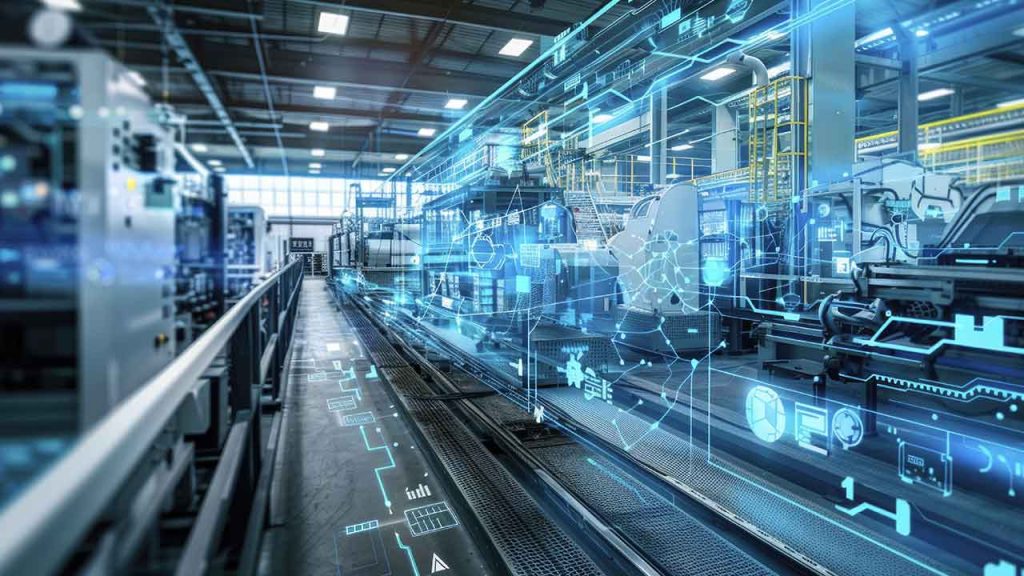The Edge Is Already Here: Why Industrial Systems Need to Catch Up
The industrial sector is still talking about edge computing as if it’s coming soon, but that’s not reality. It’s already here, making critical decisions while most of our infrastructure clings to cloud dependencies and dashboard thinking. This disconnect is holding back industrial innovation.
True Edge Computing Isn’t About Location; It’s About Autonomy
Simply moving a server closer to operations doesn’t make a system “edge-native.” That’s just edge-adjacent.
Real edge-native systems operate without assuming connectivity. They don’t need cloud services to tell them what to do. They gather data, interpret it, and respond independently.
I’ve built systems that run inside hot steel, in saltwater environments, and amid electrical noise. These devices make local decisions because when a failure happens 200 miles offshore, no one’s checking a dashboard. The choice isn’t between fast or slow; it’s between action or inaction.
Genuine edge devices don’t just collect data; they filter, analyze, and act—all inside a ruggedized enclosure built to withstand extreme temperatures from -40°C to 105°C, while operating in 120°C environments, covered in industrial contaminants, and still making correct decisions without external input.
Cloud Dependency Creates Industrial Vulnerability
The cloud revolutionized analytics, but in industrial settings, it’s become a crutch for systems not designed to think for themselves.
We’ve trained developers to build incomplete systems that rely on cloud infrastructure to fill the gaps. The results are predictable: “smart” devices requiring constant updates just to function, and sensors that stream raw data to distant servers because local processing wasn’t trusted. This isn’t intelligence—it’s a fragility risk.
The systems I build anticipate interference, vibration, and isolation while maintaining decision-making capability. A system that can’t function autonomously isn’t just inefficient—it’s a liability masquerading as connectivity.
Real-Time Operation Requires Local Intelligence
In industrial environments, responsiveness isn’t about faster API calls—it’s about eliminating them entirely.
When something fails in an oilfield or manufacturing line, you don’t need dashboard visualizations. You need a system that implemented the correct response before you knew there was a problem.
Edge-native architecture delivers this capability. It operates locally, deterministically, and without permission delays. In critical environments, real-time means systems that take appropriate action when seconds matter—with no humans in the loop, no connectivity requirements, and no opportunity for excuses.
Design for Inevitable Failure
We don’t talk enough about failure in technology. In cloud environments, that might be acceptable. In industrial settings, failure isn’t theoretical—it’s expected.
Edge-native design means planning for when systems will fail, not if. Can your device handle corrupted inputs? Will it store critical decisions locally until communications return? Can it run on backup power for days?
Most edge devices can’t meet these requirements. The ones that can aren’t featured in marketing presentations—they’re already deployed, handling salt exposure, thermal stress, physical impacts, and operational variability while continuing to function.
Engineering That Delivers Results
I’m not interested in tech demonstrations that look good in boardrooms but fail in the field. I build systems that work when no one’s watching.
This is what edge computing should be: not dashboards or AI demos, but creating intelligent systems that operate at the intersection of physical reality and risk management. They process information quickly because they must. They last because they’re built to survive.
Edge computing isn’t a trend—it’s a return to engineering principles that once defined excellence: resilient, durable, and essential.
You can call this old-school if you want. But I’ll take a silent survivor over a “smart” failure every time.
About the Author
 David Smith is VP of Innovation at BlackPearl Technology. A veteran embedded systems designer and hardware futurist, he’s spent 20+ years building rugged, decision-capable devices for high-stakes environments across subsea, aerospace, industrial automation, and energy. He’s not a futurist by title—he builds the future piece by piece, board by board.
David Smith is VP of Innovation at BlackPearl Technology. A veteran embedded systems designer and hardware futurist, he’s spent 20+ years building rugged, decision-capable devices for high-stakes environments across subsea, aerospace, industrial automation, and energy. He’s not a futurist by title—he builds the future piece by piece, board by board.



